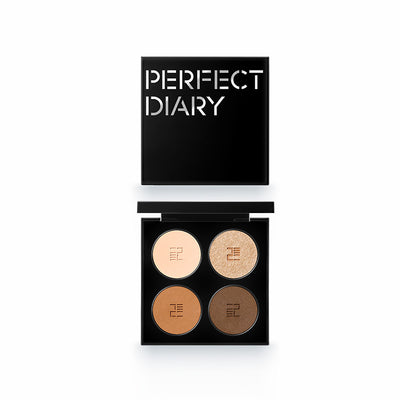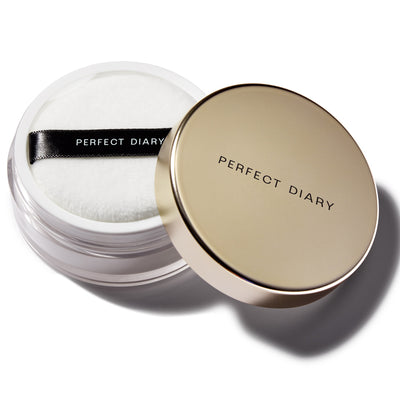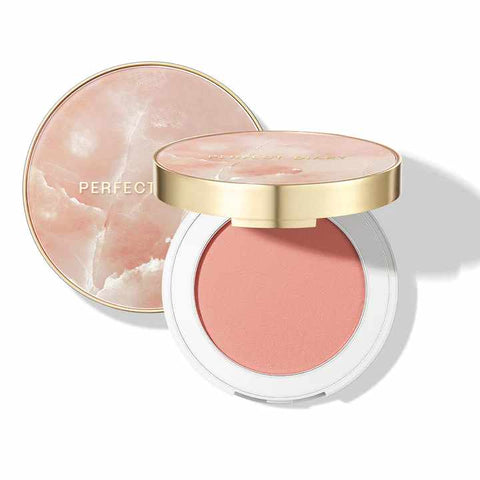What exactly is the difference between a fan brush and other brushes?
Can you tell the difference between fan brush and other types of brushes? Do you know what their respective uses are? For a flawless make-up look, professional and differentiated make-up brushes are an essential tool, and with the passage of time and changes in the times, the functions of many brushes have taken on a new interpretation.
Fan brush:
The fan brush is the largest of all make-up brushes and can be used to help you sweep up excess powder residue on your face. For example, if you have some powder left on your face after each setting with loose powder, you can use the fan brush to sweep up excess powder on your face after setting to give a clean and clear look, and sometimes to highlight your face at the cheekbones.
And if you find that there is residual powder in the corners of your eyes after applying eyeshadow, you can use the fan brush to clean it up, so we can learn that the fan brush not only doesn't affect the effect of the eyeshadow, but also clears away any flying powder next to it, thus making the make-up look more natural. Now that we're talking about such a professional fan brush, it would be great to have a light, natural and affordable Weightless Soft-velvet Blurring Loose Powder to go with it.
So what are the roles of other types of brushes?
First of all, a loose powder brush is a little different from a fan brush in that it has a rounded head and a larger brush head and is used to set the foundation after it has been applied to sweep loose powder or powder onto the face with the brush. Also, the loose powder brush has a lighter texture and is very good at absorbing powder to help you sweep the loose powder evenly away from your face. Since the brush can be used to apply [Raw Gemstone] Soft Color Blush, a blush with a natural colour is even more essential.
Secondly, the contouring brush is different from the loose powder brush, in that it is smaller than the loose powder brush and most of them have a slanted or oval head, which helps you to contour the face at the bridge of our nose and on the sides of our cheeks, which means that the brush helps you to sweep evenly when you apply the contouring cream. It creates a natural look.
Finally, there are many different types of foundation brushes, but most of the matching brushes that we often see in make-up brushes are flat and can be used to apply foundation evenly and are not prone to snagging. However, this is difficult for newcomers because it is not easy to apply evenly, while many beauty bloggers prefer to use foundation brushes, which are very easy to clean.
Selection tips:
The most crucial thing we need to judge a good or bad makeup brush is the texture of the bristles. Synthetic bristles are harder to the touch and less likely to even out colors, but they are durable and easy to clean. However, some brushes require a certain degree of stiffness to achieve a better finish and are made from a mix of natural and artificial bristles.
The secret is to choose bristles that are soft and smooth to the touch, with a firm and full structure, which is the most intuitive sign of a good brush. Of course, you can check that the bristles come off easily by holding them in your fingers and gently combing them downwards.
Alternatively, you can press the brush lightly against the back of your hand and draw a semi-circle to check if the bristles are neatly cut. You can also use hot air to blow on the bristles to distinguish the type. If they stay in place, they are animal hair, and if they become curly, they are man-made fibre.
Care instructions:
If the brush is made of animal hair, it is recommended that you wash it once a month with water and brush cleaner. The cleaning method is very simple: put a small amount of shampoo in warm water, place the brush in the water and gently swish it around to dissolve any residual powder and dirt on the brush, and then wash it several times with water. Remember, never put the brush directly into the water as it may rot.






















